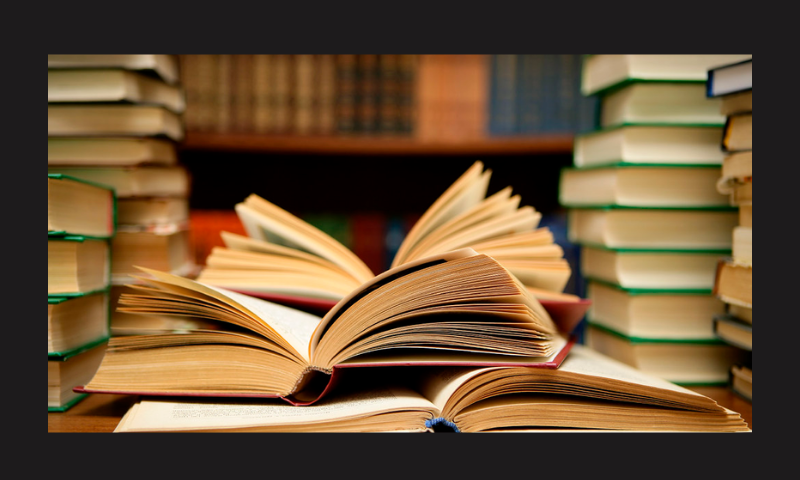Rokhl Kafrissen
Tablet, Feb. 28, 2023
“It’s hard to imagine what it would have been like, not only to have been a child watching the Holocaust unfold from afar, but immediately thereafter, watching the perilous fight for a Jewish state, surrounded, as this text makes clear, by yet more enemies, more Hamans, intent on the extermination of the Jewish people.”
I grew up in the 1980s, when Holocaust education had gathered tremendous steam, but not necessarily a lot of child-centered pedagogical care. My generation was exposed to all manner of violent, traumatizing imagery, with little thought as to what we might be internalizing about what it meant to be a Jew. While kids who attended a Habonim summer camp, for example, might have learned about armed resistance in the Warsaw Ghetto (and beyond), the history of Jewish resistance, armed and spiritual, was not much considered in the mainstream. I certainly never heard a word about it.
What we did have, however, was Nazi-puncher extraordinaire Indiana “your cultural treasures belong in my museum” Jones. Indy was smart, he spoke a dozen languages, he could fight his way out of the tightest jams, and, of course, he happened to look like Harrison Ford. The only problem with Indy was that our Nazi-punching hero, dreamed up by a movie-crazy Jewish kid, wasn’t Jewish. I often wonder what it would have been like if my generation had had a Jewish Indiana Jones, someone to live out our fantasies of revenge and protection, someone to counterbalance the fear and helplessness instilled in us by our well-intentioned, but inadequate Holocaust curricula.
If just learning about the atrocities of the war was traumatizing 40 years later, how much worse it must have been for American Jewish kids during and after the war. I recently spent some time looking through issues of Yungvarg, a Yiddish-language magazine produced for American shule (supplemental Yiddish school) students in the IWO (International Workers Order) ordn school system. These issues were from the years immediately after the war, through 1950. Specifically, I was interested in how they used their Purim issues to talk to young kids about the war, and to address their fears and anger.
The origins of Yiddish children’s literature can be found in the special yontev supplements Yiddish newspapers would publish during Pesakh, Sukes, and Khanike. Adult writers would reflect on their own childhood and stories often had a holiday hook. But because of this particular system, there just isn’t that much of this classic Yiddish kid-lit material when it comes to Purim. Which is a very curious thing, given how joyous Purim is, how full of wild and colorful details it can be, and how very child-centered it remains. …SOURCE


